For our first Christmas as a married couple, Tyla and I decided we’d do “family gifts” instead of specific gifts for each other. This year it was tickets to see the Piano Guys when they come to Seattle, but that first year we decided to get a nice camera. I had some SLR experience from high school when I bought a Minolta 500si but that didn’t prove useful too long as the world moved from film to digital. I was interested in getting a modern dSLR so we dipped our toes in the water with a Canon T2i and the 18-55mm kit lens. I later added a 55-250mm f/4-5.6, a 50mm f/1.8, and a Tamron 28-75mm f/2.5. None of it was fancy or expensive but it helped me learn a lot more about where I was pushing the limits of the gear and where I just need to learn more.
The main roadblock with that T2i was the “crop sensor.” Lower end dSLR cameras have smaller sensors than the higher end full frame sensors. The full frame sensors have 2.6 large surface area than the crop (APS-C) sensors. The extra size is particularly beneficial in low light situations, so I used Elijah’s desire to play basketball again this year as a good excuse to upgrade.
I ended up getting a Canon R8 which is on the low end for Canon’s full frame camera bodies, but it also has the advantage of being the more modern mirrorless style camera. As the name implies, mirrorless cameras do away with the mirror which means the cameras can be lighter, smaller, and faster.
I bought just the body for the camera since my old lenses would be compatible and would be enough to get me started. With the change to mirrorless tech and the change in form factor, Canon introduced a new camera mount called RF lenses. These lenses are smaller, lighter, and have all the latest tech. But thankfully you can still use all the older EF lenses with an adapter. To complicate things a bit, both the EF and RF lenses have “-S” variants which were specifically made for crop sensor cameras. They technically work on full frame cameras but they’re typically cheaper build quality and will also produce vignetting on the bigger sensors. My 18-55mm and 55-250mm were EF-S lenses but my 50mm and 28-75mm were EF lenses since I had bought those hoping I would upgrade to a nicer camera body in the future.
So that’s a lot of text before I talk about actually using the camera. Honestly, it’s frustrating. I had tens of thousands of pictures under my belt with the T2i and I barely had to think about it. Now there’s a lot more futzing around for the setting I want, missing shots because it’s focusing on the wrong place, etc. I believe all of that is just a learning curve and I’ll end up ahead of where I was.
To help speed up some of that learning, I took the camera to Elijah’s multi-school competition last weekend. He was competing in a Lego building competition and Lego robotics. I took a lot of pictures and ended up with a few passable ones but nothing stellar. Mostly it was interesting to see how the camera behaved indoors with unpredictable kids and lots of stuff moving around as I tried to hold focus on the right spots. The camera does do some pretty amazing eye detection and focus tracking. It seems natural to post some images here but as I said, none of them really show off the capabilities of the camera. Here’s one which is nice except that Elijah’s back is to the camera.
That 28-75mm lens is my favorite and is generally the only one that was on my old camera unless I had some very specific reason to get out the ultra-fast 50mm lens for very shallow depth of field. That 28-75mm lens had enough reach to handle most situations I was in, but that zoom feels inadequate on the new R8 body. This is because the crop sensor camera bodies have an unavoidable 1.6x zoom compared to a full frame sensor. So on the T2i, that 75mm zoom behaved like a 120mm zoom. Now on the R8, I lose that which is great on the wider end of the zoom but not on the narrower. More on that in a future post.
I had been using a copy of Lightroom from back in the days when you could just buy the software and be done. That copy of Lightroom doesn’t work with the more modern RAW photo formats. Now Lightroom is a subscription model and I’m not willing to pay that much per month for something that I don’t even use every month. I hunted around through a lot of alternative software including darktable and RawTherapee. I’m sure those tools can do what I need but I’m not interested in devoting months of my life to learning their painful UIs. Corel PaintShop Pro was included for free with my camera and I figured I would just move to that but unfortunately, they don’t support photos from the R8 yet. If they do, I might switch to that. For now I’m using my existing copy of Adobe Photoshop Elements. The Organizer app lets me flip through all my shots, tag some specific ones, and then I can edit them in their native RAW format. I’m mainly adjusting white balance and making a few other small tweaks so it’s good enough. It’s a major downgrade from Lightroom but I wasn’t using most of what Lightroom offered anyway.
I’ll have mercy on you and stop rambling, but this has been a fun process to work through. I know I’m the weird dad at Elijah’s events who is walking around taking pictures of everything, but I love having the pictures when I’m done, and let’s be honest, I’d be the weird dad at the event even if I did have a camera in front of my face.


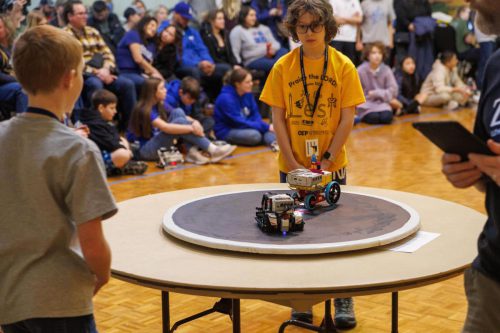
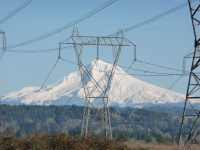
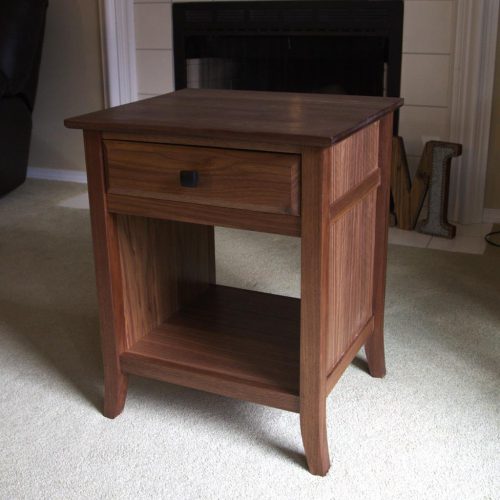

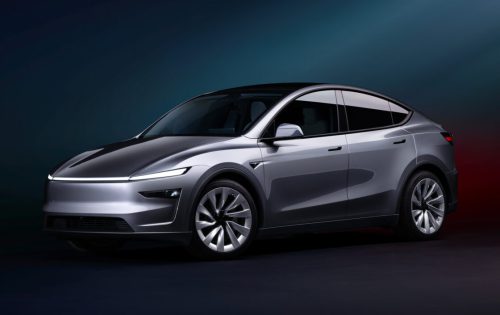
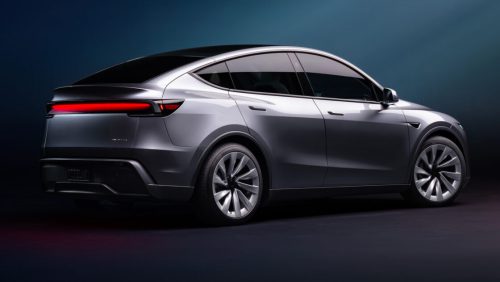
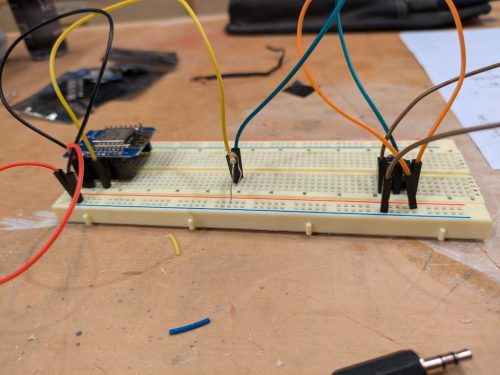
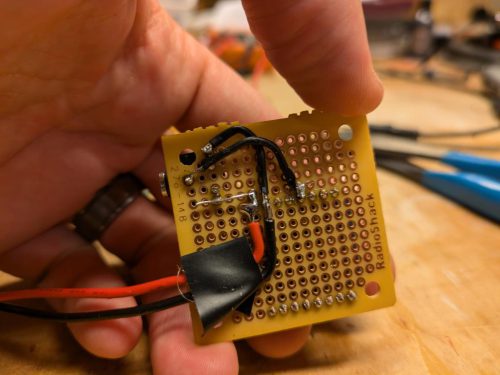
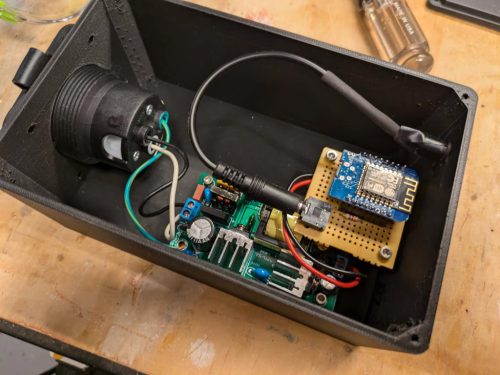
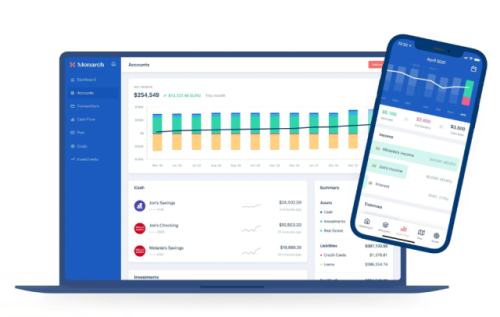
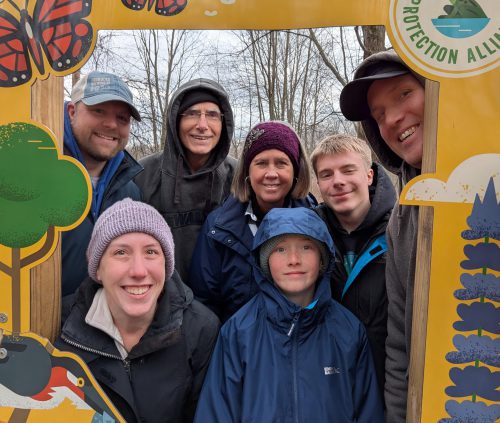
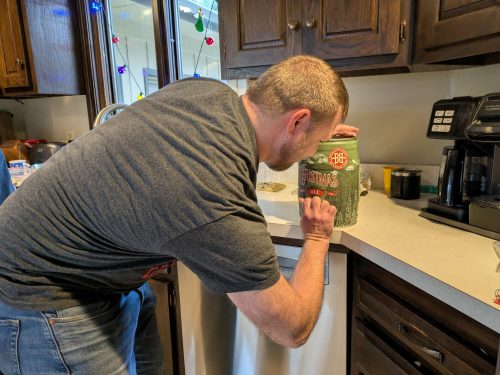
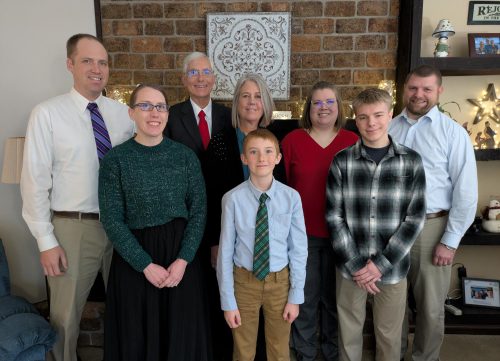
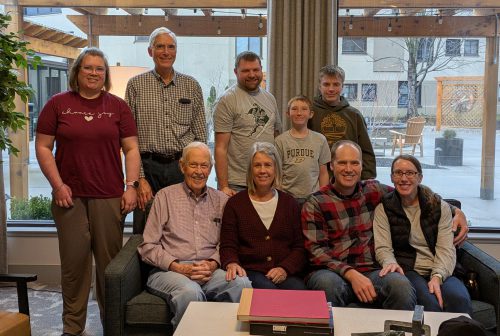
2024 Year In Review
As I sit here staring at this blinking cursor trying to remember what happened in 2024, I’m thankful that I keep this website going. I don’t post every day like I used to, but it is nice to have a record of our trips, my projects, and other family events (with some nonsense posts in the mix of course too.) So let’s flip back through the posts and see what happened this year:
We usually try for one big (I guess that’s a relative term that varies by family) vacation per year, but this year had two because Tyla got to go on her AGE-REDATCED’th birthday adventure to Leaping Lamb Farm. We had been there in 2022 for the first time and Tyla immediately wanted to schedule a return visit so we booked spring break week this year. We had to wait a year and a half for the trip but it was worth it. There were baby lambs and baby goats hopping and falling all over the place.
I took a solo trip in May to the 2024 PacNW Men’s Retreat and promptly returned home with food poisoning. Not only was that a horrible experience but I was really bummed to miss Pastor Dave Scharf’s talks. Little did I know I’d run into him later in the year… (Also, I’m happy to say that the restaurant that got me sick is now permanently closed. There appeared to be some serious health code violations, and I should have just walked away.)
We took a quick day trip down to Portland to see a professional disc golf tournament. It was such a fun day for all of us that we already have a tournament on our calendar for 2025. It’s a small sport but big enough that the pros are mind-bogglingly good. It was amazing to see in person what they’re capable of instead of just watching it on TV. Elijah also got to watch his disc golf teacher play and then got to take a picture with her on the first tee!
Pretty much every summer we try to make it back to my parents’ house in Indiana for some pool fun. They surprised us this year by installing a diving board and it got a lot of use! Given how far away we live, I’m thankful that Elijah gets to spend so much time there and get a little taste of what it was like where I grew up.
Our “official” big vacation was a cruise to Alaska. This was the third cruise for Tyla and me, and we knew Elijah was excited to see Alaska, but when we told him it was a cruise, it was a hard sell. He really didn’t want to go. Ask him what he thinks about cruises now! I’m thankful he kept an open mind, and he has now done a complete 180. It wasn’t nearly as relaxing as our previous cruises, but it was fun to experience it through his eyes.
We squeezed in one more quick family trip to Moses Lake in central Washington so we could drive up to the Grand Coulee Dam. We wanted to show it to Elijah and we were also able to snag a couple more counties as we try to color in the entire map of Washington counties. I think we’d all agree that the highlight of that trip was our ride on the tiny Keller Ferry. Our cars have been on a lot of boats, but never one that small!
As you may have noticed, pretty much all our trips involve all three of us, but in October, Tyla and I took our own trip out to New Ulm, MN for a weekend at Martin Luther College. We’re getting more involved with supporting the school and were involved in some meetings. A huge thank you goes to Megan for staying at the house and watching Elijah!
Then finally, this year we spent Christmas in Indiana. Two trips to Indiana in one year! I know it’s a lot of work for my parents to host us all, but we really appreciate being able to spend Christmas with everyone.
At home, I felt like I had a lot less free time to do projects. I’m not sure if that’s because I was a lot busier with my volunteer work at church or because I was lazier in the evenings. It’s probably a combination of both. My woodworking Instagram account does remind me that there were quite a few projects even though none of them were huge. I made a walnut trash can with some interesting angles, a keepsake box made with wood from an old cross with Elijah’s school logo on the lid, a walnut tissue box holder, a coat rack, a kids bakery sign, a cat bed, and an updated silverware tray. There are some big projects underway now but those will probably land in 2025. And while it’s not woodworking, I replaced the rotten wood backsplash in our kitchen with tile. It was my first time doing tile and it makes me smile every time I do the dishes because I’m not staring at something I need to fix.
I think the biggest change for me personally this year was mostly dropping off of social media. I still post my finished woodworking projects to Instagram and I post for our church Facebook and Instagram accounts, but I have broken the habit of doomscrolling and it feels amazing! I removed the Instagram icon from my phone’s home screen and left that spot blank. It was shocking and scary how many times I would pull out my phone and click that spot. That just reinforced my desire to stop. I set a rule for myself that I would only go through what the people I follow had posted once per week on Friday nights, but now I find myself going multiple weeks before I remember to check in. This feels much healthier and certainly removed a lot of pointless screen time from my day.
To combat the relentless acceleration of the calendar and ever-dwindling free time, I’m trying to be even more intentional with my time. Making task lists for each day, removing wastes like social media, and trying to schedule family activities on a regular basis are all helping. There’s also the problem of having too much stuff to cram into a week, but I haven’t figured that one out yet. There’s always next year!
Previous Year In Review Posts: 2003, 2004, 2005, 2006, 2007, 2008, 2009, 2010, 2011, 2012, 2013, 2014, 2015, 2016, 2017, 2018, 2019, 2020, 2021, 2022, 2023